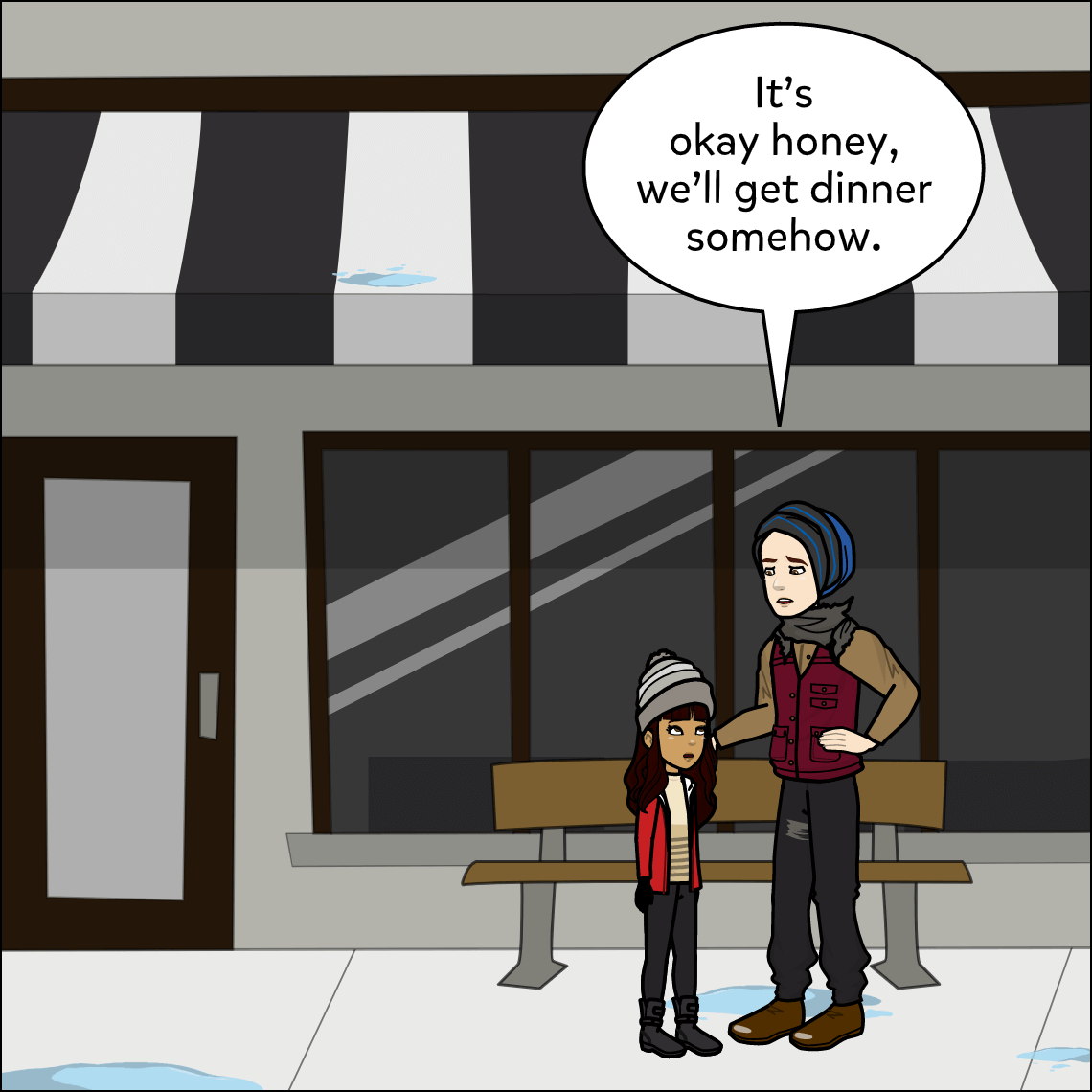Subject: ELA (English Language Arts)
Lesson Length: 45 mins - 1 hour
Topic: Constructing Personal Narratives
Brief Description: Students will effectively use narrative dialogue to develop characters within a personal narrative while also gathering and incorporating relevant information from literary nonfiction texts to support their writing.
Know Before You Start: Students should be familiar with the concept of narrative dialogue, as well as how to determine source credibility in nonfiction texts.
Hook:
- Ask students:
- “Think about a movie or TV show you've watched recently. Can you recall a scene where the characters' dialogue revealed something important about their personalities or relationships? Describe that scene.”
- “What role does dialogue play in a narrative?”
- “How does dialogue help us understand the characters and their motivations?”
Activity:
- Have students choose one of the following prompts that resonates with them, keeping in mind that they will craft a personal narrative around this prompt:
- "Write a personal narrative about a moment when you had to persuade someone to see things from your perspective. Include a dialogue exchange that captures the essence of the conversation."
- "Choose a historical event or figure that interests you. Write a personal narrative from the perspective of someone who witnessed or interacted with that event/figure, incorporating a dialogue that reflects the time and context."
- "Select a social issue or topic you’re passionate about, e.g., climate change, equality, education. Create a personal narrative in which you discuss this issue with someone who shares their passion, using dialogue to convey your thoughts and emotions."
- Have students brainstorm the main elements of their narrative, including the setting, characters, and the dialogue exchange and then craft their personal narrative, making sure to incorporate dialogue effectively to bring their characters and their interactions to life. They should aim for a well-structured narrative that engages the reader, providing context and emotional depth.
- Have students consider the literary nonfiction texts available to them (either from provided sources or their own research) that relate to their chosen prompt and identify relevant information, facts, or quotes from these texts that can strengthen their personal narrative and provide context or credibility to their story.
- Using the sample comic as a guide, have students create a comic that revolves around the importance of narrative dialogue in the development of characters.
Closure:
- Have students share their comics with the class or in small groups.
- Have students explain the importance of narrative dialogue in character development.
- Emphasize the importance that dialogue and supporting evidence can have in creating a compelling and authentic narrative.
Differentiation:
- Allow students to use the speech-to-text feature.
- Allow students to work in pairs or groups as needed.
- Allow students to use the voiceover feature to read their comics aloud.
- Pre-teach strategies and tools to search for credible literary nonfiction, as well as, how to properly cite.
Suggested Content:
 High School
High School
 New Year
New Year
 Climate Change
Climate Change
 Fahrenheit 451
Fahrenheit 451
 Macbeth
Macbeth
 The Cask Of Amontillado
The Cask Of Amontillado


